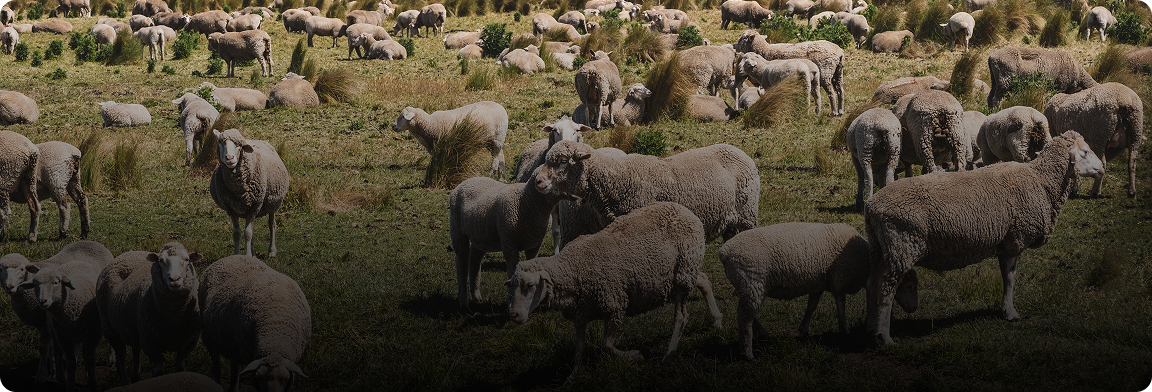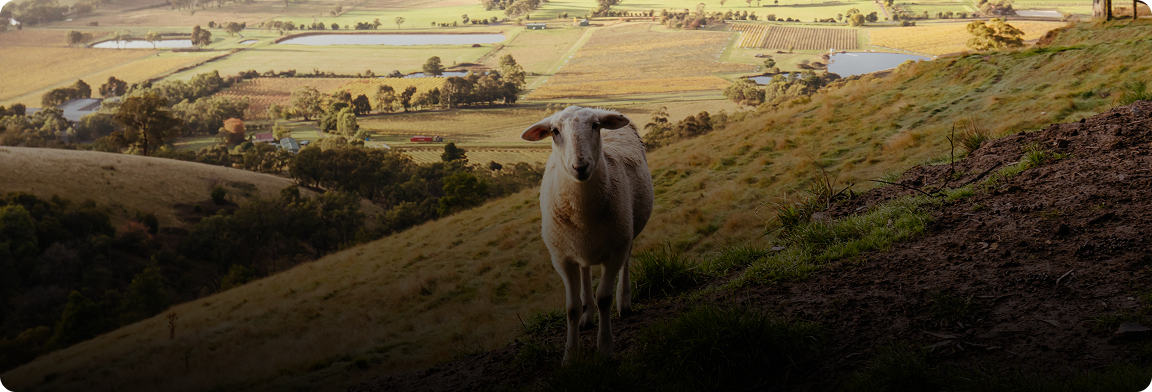If you’re a farmer or just interested in farming, you might have heard about rotational grazing. It’s a farming method where you move animals between different areas of land to graze. This helps the land stay healthy and keeps animals happy. Let’s dive into what rotational grazing is and how it helps with land management.
What is Rotational
Grazing?
Rotational grazing is a way of moving animals like cows, sheep, or goats to different parts of the farm. Instead of letting animals eat grass in one place all the time, you move them to new spots. This gives the grass time to grow back in the areas where the animals were before.
It’s like letting your garden rest so it can grow better. By rotating animals, you help prevent overgrazing, which can damage the land. Rotational grazing benefits both the land and the animals.
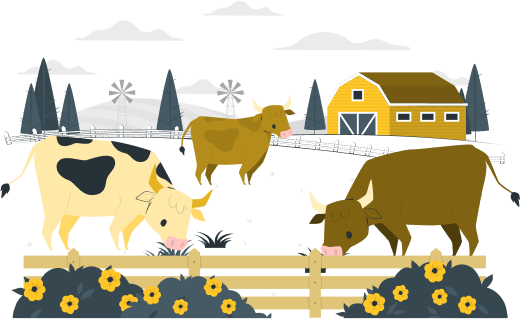
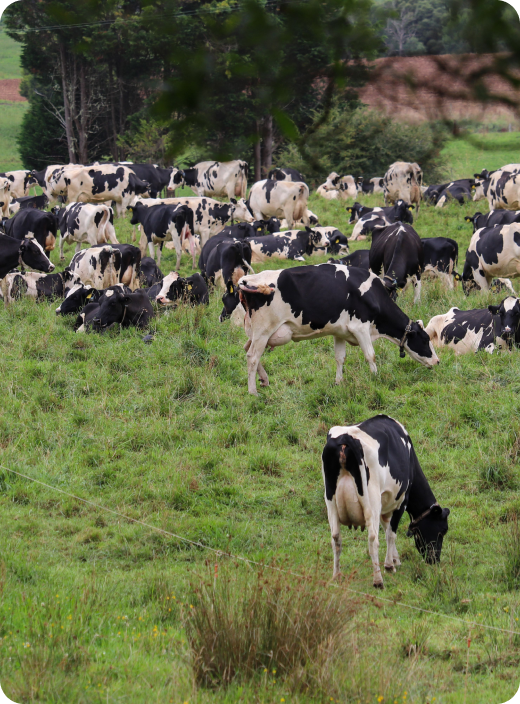
Why is Rotational Grazing
Important?
Rotational grazing is important because it keeps the grass healthy. If animals stay in one place too long, they eat too much grass, and the land gets damaged. With rotational grazing, grass grows back and stays strong.
This also helps the soil stay healthy. When you move animals to a new area, the old area gets time to rest. Healthy soil means better grass for animals to eat. It’s a win-win for everyone!
How Does Rotational
Grazing Work?
In rotational grazing, you divide the land into sections, or paddocks. You place the animals in one paddock for a while. Once the animals eat all the grass in that area, you move them to the next paddock.
Meanwhile, the grass in the first paddock has time to grow back. You can repeat this process for all the paddocks on the farm. You make sure each paddock gets enough time to rest and recover before animals return.
Benefits of Rotational
Grazing
Rotational grazing offers many benefits. First, it helps keep grass and soil healthy, which is good for the environment. Second, it improves the health of the animals because they get fresh, nutritious grass to eat.
This method also helps prevent overgrazing and soil erosion. By moving animals around, you protect the land and avoid damaging it. So, rotational grazing benefits the land, animals, and farm.
How Does Rotational Grazing Help Land Management?
Rotational grazing plays a key role in good land management. When animals graze in one area too long, they can damage the land by eating too much grass and trampling the soil.
By rotating the grazing areas, you give the soil time to recover and grow new grass. This helps maintain the land’s natural balance. Over time, rotational grazing can even improve the soil’s health and the farm’s overall productivity.
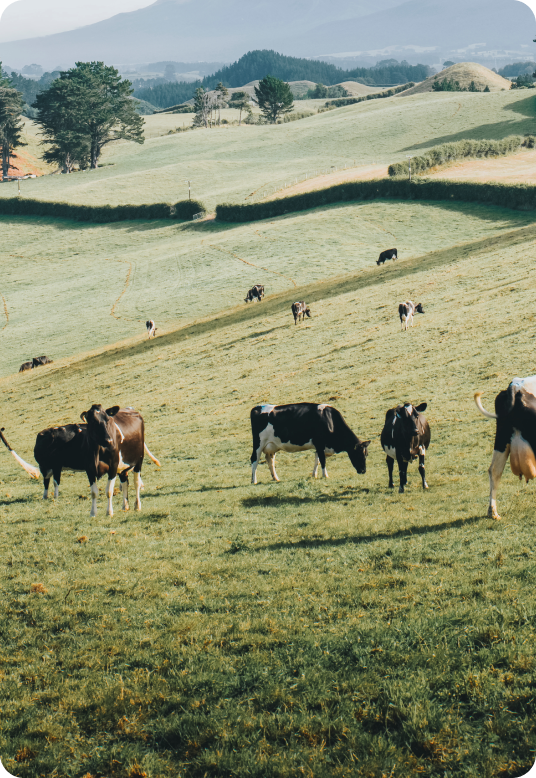
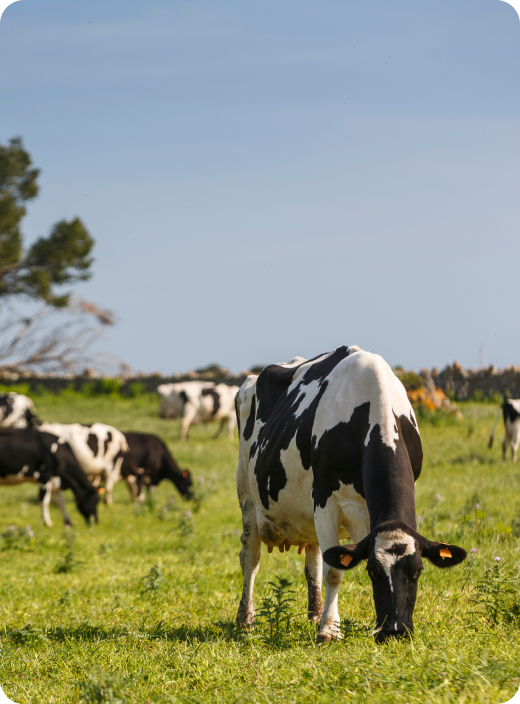
Tips for Starting Rotational
Grazing
Starting rotational grazing can be easy with a few simple steps. First, divide your farm into different paddocks. The number of paddocks you need depends on how many animals you have and how big your land is.
Next, make sure the paddocks are safe and have enough food for the animals. You might need to install fences to keep animals in each area. Start by grazing animals in one paddock, and move them to the next when the grass is eaten.
Challenges of Rotational
Grazing
Like any method, rotational grazing can have some challenges. For example, it takes time to set up paddocks and move animals around. You might also need to buy fences and other equipment to manage the grazing.
Also, weather can be a challenge. If it’s too dry or too wet, the grass might not grow back as fast. However, with good planning and patience, you can manage these challenges.
WWhy Rotational Grazing is
Fun for Animals
Rotational grazing is also fun for animals! When you move them to new areas, they get fresh grass to eat every time. It’s like having a new playground to explore. The animals stay healthy and happy because they have plenty of food and space to roam. Plus, they won’t get bored eating the same grass every day. By changing the area, animals enjoy variety, and it’s better for them. Happy animals help make your farm a happy place!
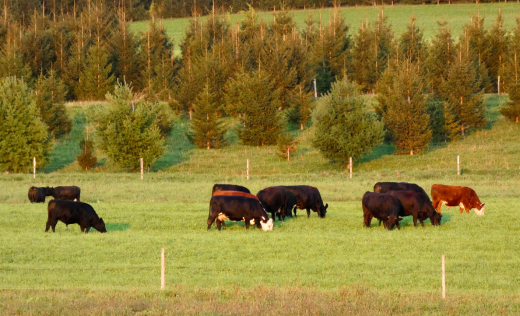
Conclusion
Rotational grazing is a great way to keep the land healthy and animals happy. It helps grass grow back, improves soil quality, and prevents damage to the land. It’s an easy way to make sure your farm stays productive for years to come.
By following these simple steps, you can manage your land better and ensure that animals have fresh grass to eat. So, if you want to keep your farm healthy and sustainable, try rotational grazing!




